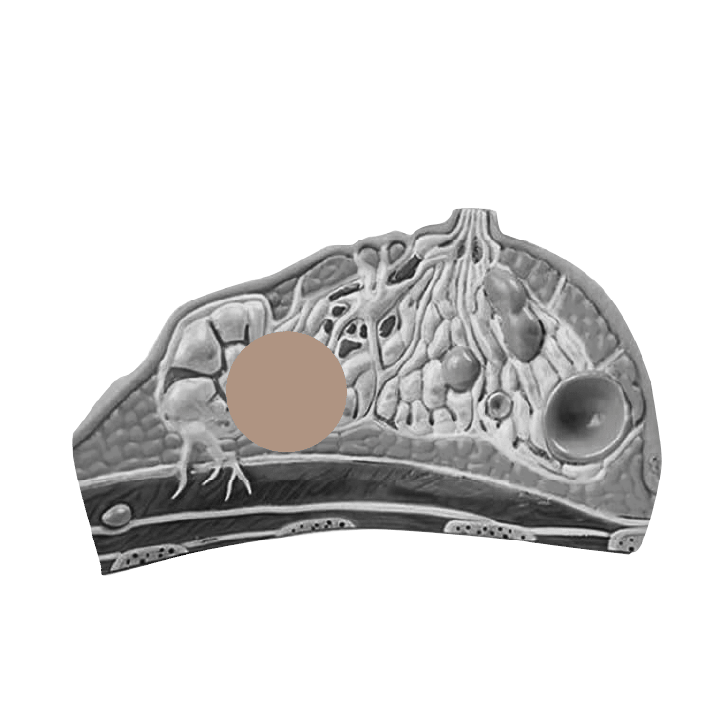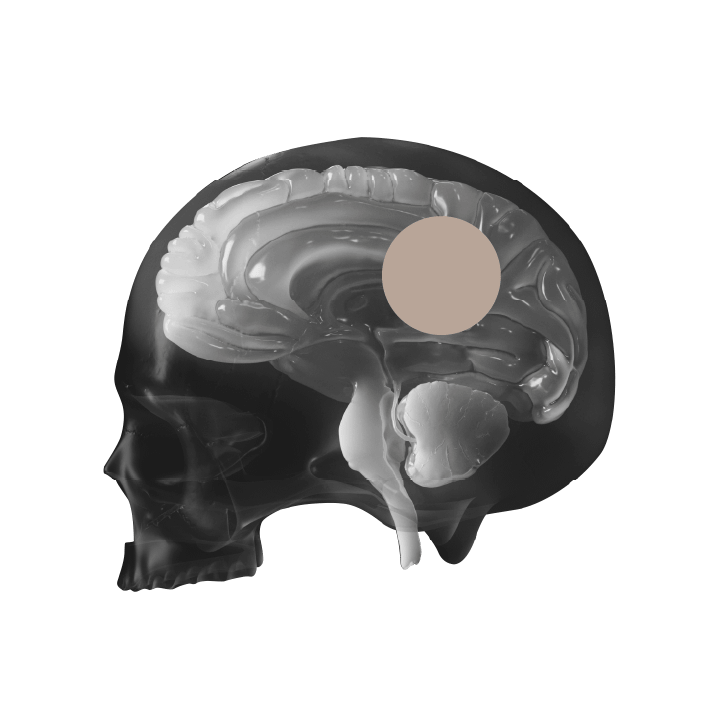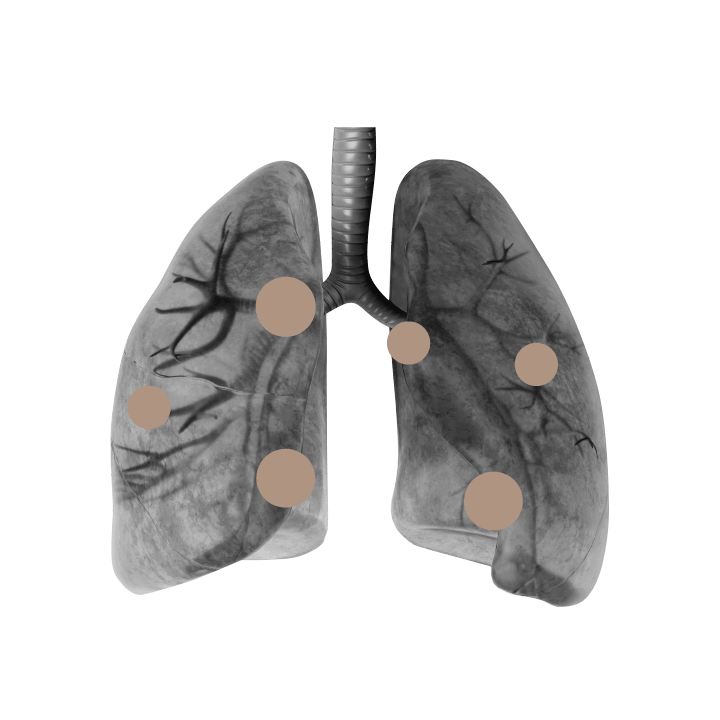9/11 Sarcoidosis Lawyers
Exposure to toxins from the debris in the aftermath of the terrorist attacks of September 11th, 2001 resulted in 9/11 survivors being diagnosed with many diseases and health conditions. In response, the World Trade Center Health Program (WTCHP) and the Victim Compensation Fund (VCF) were created to help survivors in their recovery. If you or someone you love suffer from sarcoidosis and believe it is connected to exposure from 9/11, contact the lawyers at Pitta & Baione LLP to discuss your eligibility for benefits.
UNDERSTANDING SARCOIDOSIS
Sarcoidosis is a rare disease where inflamed cells gather, eventually causing bodily damage and pain. The affected areas are oftentimes lungs and lymph nodes, but the damage can occur in other parts of the body as well. While there is not a definitive cause of sarcoidosis, it is believed that the inflammation is an immune system response to exposure to chemicals, dust, and other agents – such as those that 9/11 survivors were exposed to during and after the attack.
SYMPTOMS AND DIAGNOSIS OF SARCOIDOSIS
Symptoms of sarcoidosis will vary, depending on the parts of the body that have been affected. General symptoms include swelling, fatigue, and pain. When inflammation accumulates, however, organ failure can result. Often, this organ failure impacts a person’s vision and lung function, which leads to poor eyesight, difficulty breathing, and regular coughing and wheezing. The skin often experiences a range of rashes, swelling, lesions, and discoloration.
Cardiac sarcoidosis is a specific type of sarcoidosis that affects the heart. These symptoms are cause for concern due to the seriousness of diseases that impact the heart. Symptoms include chest pain, fainting, shortness of breath, fatigue, abnormal heartbeat, heart palpitations, and swelling around the heart.
Diagnosing sarcoidosis can be difficult because inflammation and swelling can be caused by a number of conditions. As sarcoidosis affects various body systems and organs, the symptoms may appear as another disease. Diagnostic testing and imaging helps doctors make an accurate diagnosis.
Treatment for 9/11 Sarcoidosis
There is no cure for sarcoidosis, but treatment is available. The most common treatment is medication to treat the symptoms that result from this disease. Anti-inflammatory medications, drugs that suppress the immune system, and specific medication to treat skin conditions are commonly recommended and prescribed. Other symptom-specific treatments may include physical therapy, rehabilitation to help maintain strong respiratory function, or the use of medical devices – such as pacemakers – to treat cardiac issues.
CONTACT A SEPTEMBER 11TH SARCOIDOSIS CLAIM LAWYER TO DISCUSS YOUR ELIGIBILITY FOR BENEFITS
You do not have to face the uncertainty of sarcoidosis alone. If you or a loved one suffer from sarcoidosis related to exposure from September 11th, contact a 9/11 sarcoidosis attorney at Pitta & Baione by completing our online contact form or calling us at 844-901-1312.
PITTA & BAIONE LLP SUCCESSFUL CLAIMS








